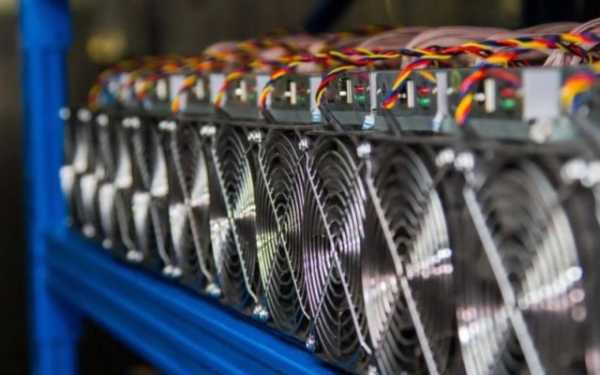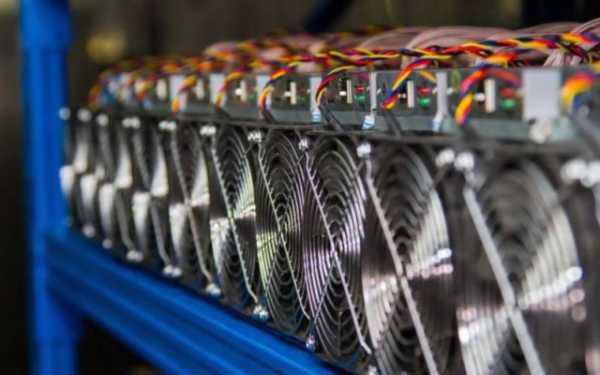Ki Yeon Joo Predicts the Emergence of a “Black” Stablecoin Market

Tightening of government regulation may trigger the emergence of a market for “black” stablecoins, believes CEO of the analytical blockchain platform CryptoQuant Ki Young Ju. In his opinion, the authorities’ desire to control the use of stablecoins will lead to users starting to look for options for such cryptocurrencies that are not subject to censorship, writes RBC Crypto.
Stablecoins are cryptocurrencies whose rate is tied to an underlying asset, such as the dollar, euro, or an ounce of gold. Issuers use securities, national currencies, or other crypto assets to collateralize the token rate. The largest stablecoin is USDT with a capitalization of about $150 billion from Tether, its closest competitor is USDC from Circle with a capitalization of $60 billion. There are also algorithmic stablecoins, whose peg to fiat currency prices is secured by another digital asset from the same issuer. The largest algorithmic stablecoin is USDS (formerly Dai), its market capitalization, according to Coinmarketcap as of May 12, is about $5.3 billion.
Stablecoins serve as a bridge between the digital and real worlds, and until recently governments, except for anti-money laundering purposes, have “not interfered” with stablecoins, Kee wrote. This has made them a safe way for groups like Chinese miners to store assets, he said.
“But this is changing. Soon, any stablecoin issued by a country may face strict government regulation, like traditional banks. There may be automated tax collection via smart contracts, wallet freezes, or paperwork requirements based on government regulations. People who have used stablecoins for large international transfers may start looking for censorship-resistant shadow stablecoins instead,” writes Key.
He noted that there are two ways to create “black” stablecoins: either algorithmic tokens that are not controlled by governments, or stablecoins issued in countries that do not censor financial transactions.
One possible example, Qi suggests, could be a decentralized stablecoin whose price would be pegged to regulated tokens like USDC via oracles like Chainlink. The analyst added that he doesn’t know of any such projects yet, but he did mention Chainlink CEO Sergey Nazarov in the post, drawing his attention to the idea.
“I’m not sure if there are any long-term investors in cryptocurrency anymore, but I think assets related to dark stablecoins may have investment potential in the internet capital markets. DYOR (Do Your Own Research. — RBC),” concluded Ki.
US President Donald Trump is actively promoting the development of the market and regulation of dollar stablecoins. At the end of January, his first decree signed after the inauguration was a document called “Strengthening US Leadership in Digital Finance”, where stablecoins are highlighted as a key point.
At the same time, in early May, a number of Democratic senators in the United States did not support the stablecoin bill (GENIUS Act) during a key vote, which stalled the adoption of the document. Senators claim that the bill still needs to be finalized.
The industry believes that the halt in GENIUS could have further negative consequences for other cryptocurrency bills. Matt Hougan, the head of major asset management company Bitwise, said that if the US Congress fails to pass any of the cryptocurrency laws, the industry could face a “tough summer.”
Источник: cryptocurrency.tech



